The river Thames has not only shaped the geography of London, but also provided an important means of transport, trade and defence throughout the city’s history. This post lists 8 reasons why the river Thames is important to London.
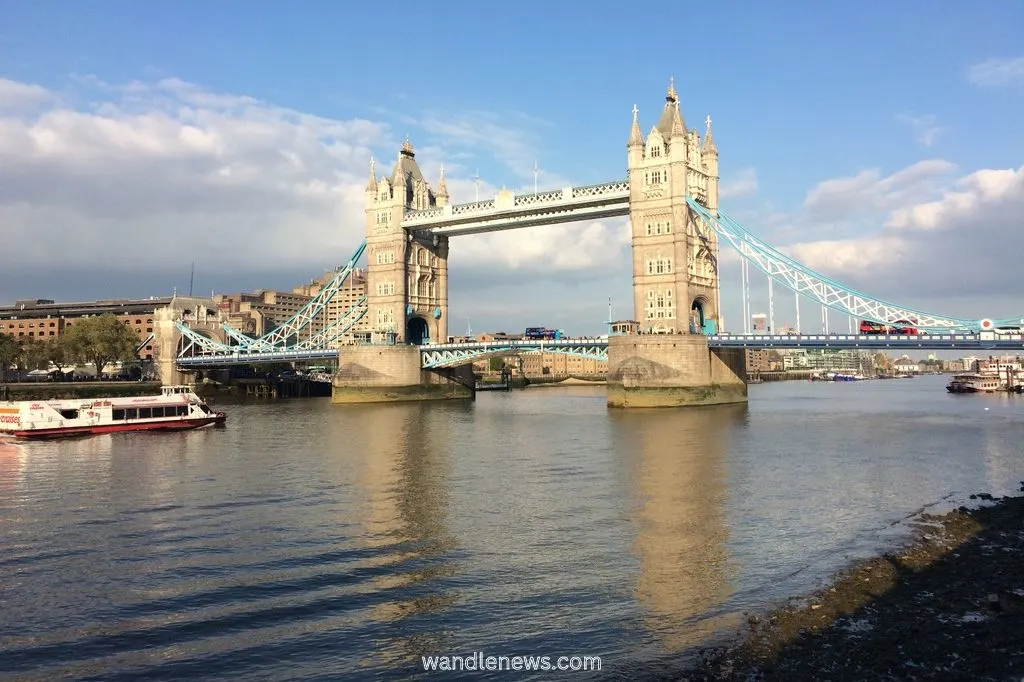
Just so you know, some of the links below are affiliate links, so I will receive a small commission (at no extra cost to you) if you buy through the links.
- Hardcover Book
- Winn, Christopher (Author)
- English (Publication Language)
Last update on 2025-06-25 / Affiliate links / Images from Amazon Product Advertising API
Video on Why the River Thames is Important
1. The River Thames is a Trade Route for London
Ever since the Romans founded Londium in 43AD, the River Thames has provided important trade links with the rest of the world.
Over the centuries, new wharves were built as ship building flourished, and by the seventeenth century, the Thames was overcrowded with ships.
It was so crowded that some of the ships coming into London had to wait for weeks to unload their cargo. To solve this problem, the first dock was built in 1661, below Tower Bridge.
By 1710, London had become the centre of world finance and commerce. The River Thames is one of the main reasons that London became one of the richest cities in the world.
Today the River Thames is still the busiest inland waterway in the United Kingdom.
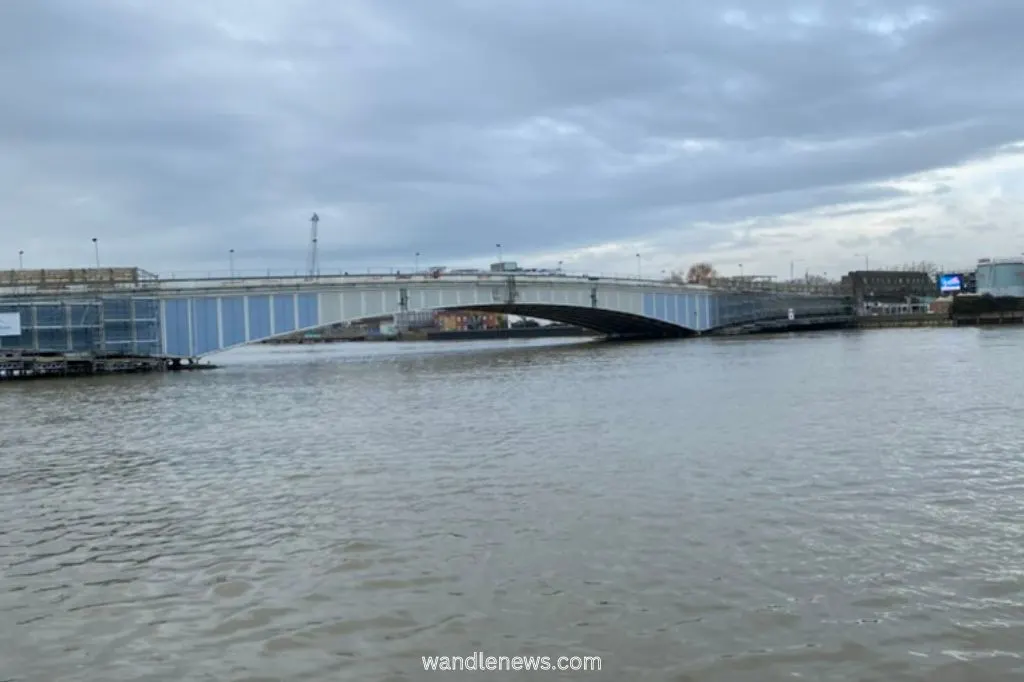
2. The River Thames is a Means of Transport
For centuries London Bridge was the only bridge over the River Thames, so boats were a popular means of transport. This first became regulated in 1510 when King Henry VIII gave licenses to watermen to carry passengers down the Thames.
Today there is still a river bus service that operates, although it is mainly used by tourists. The Woolwich ferry, which can be traced back to the 14th century, also still carries passengers daily.
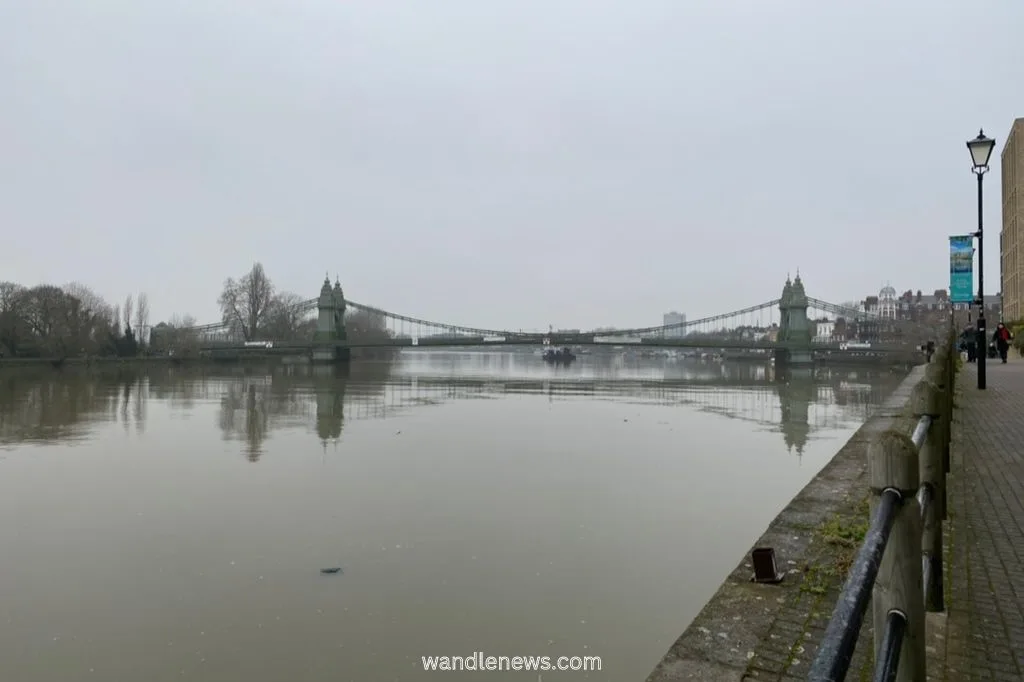
3. The River Thames Provided Defence for London
In history the river Thames provided defence for the inhabitants that settled around it. When the Romans first arrived, they built walls around three sides of the city, and the river provided defence along the southern side.
Once bridges had been built over the river, they could be controlled to protect against invaders. Throughout history, many fortresses were also built along the Thames to control who came down the river.
Today, the only two fortresses that still exist are the Tower of London and Windsor Castle.
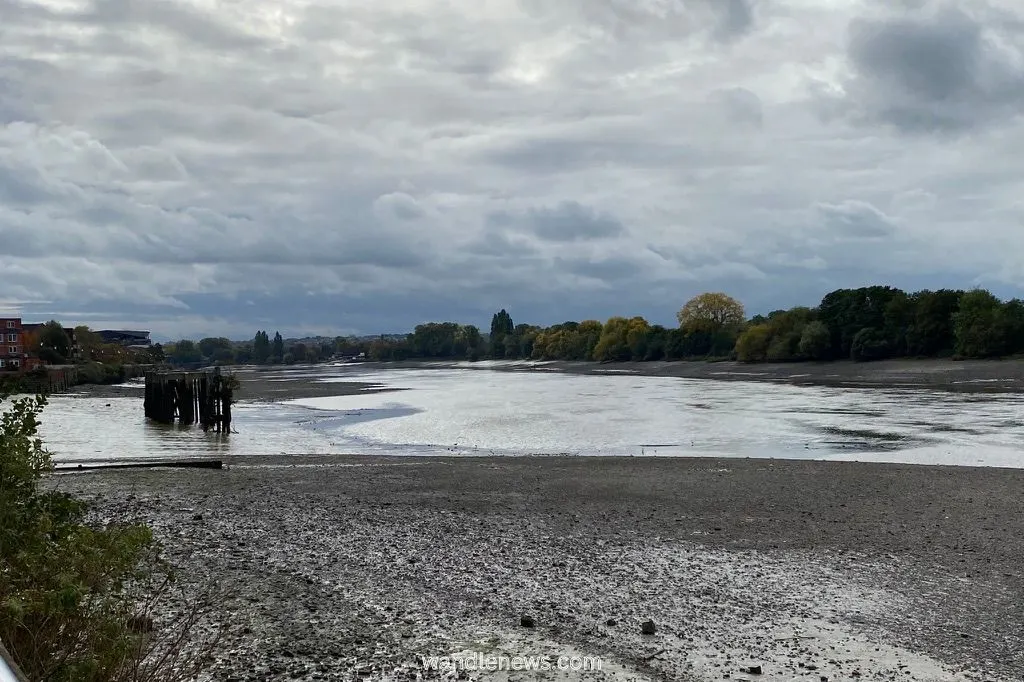
4. The Thames Provides Most of London’s Drinking Water
The River Thames is a source of drinking water. Even during Victorian times, when the river was at its most polluted, it still provided the city’s water.
Today, most of London’s drinking water still comes from the Thames.

5. The River Thames was Vital for London’s Industries
Over the centuries a number of different industries relied on the river Thames for their trade. These included paper makers, breweries, and steel mills. There were also many water mills located on the tributaries of the River Thames, particularly the River Wandle.
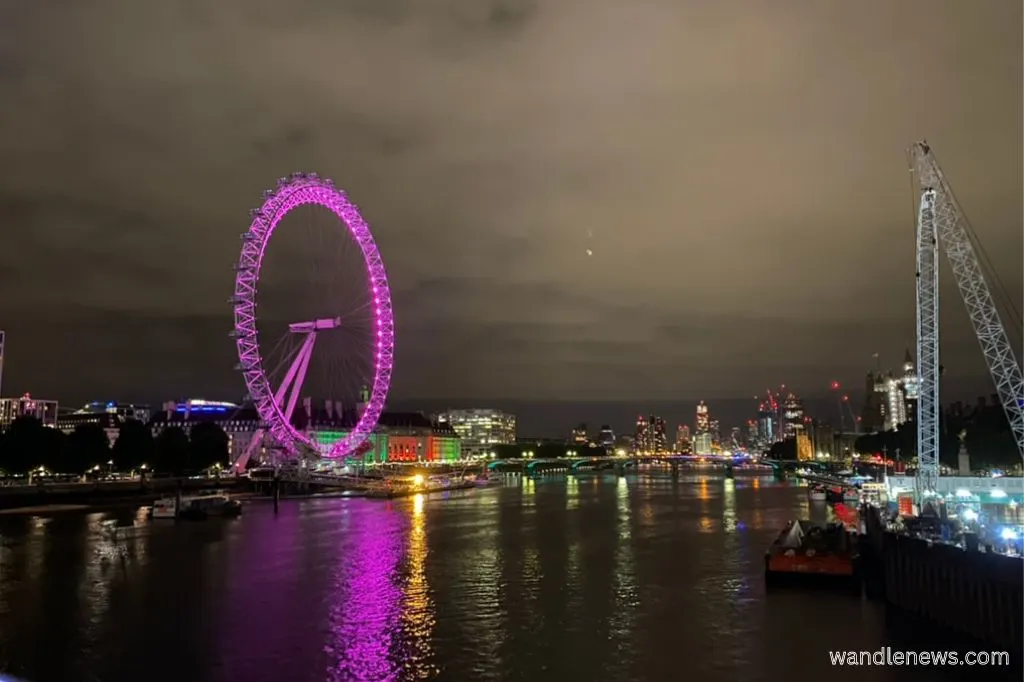
6. The Thames was a Place of Worship
There is evidence dating back to the iron age, that the river Thames was used a place or worship, and associated with deities and spirits.
The Battersea shield, discovered in 1857, dates back to c.350–50 BC, and is believed to be an offering to the river god.
You can also see statues of Old Father Thames at various points along the river including along the Embankment, Sommerset House, and Henley Bridge.
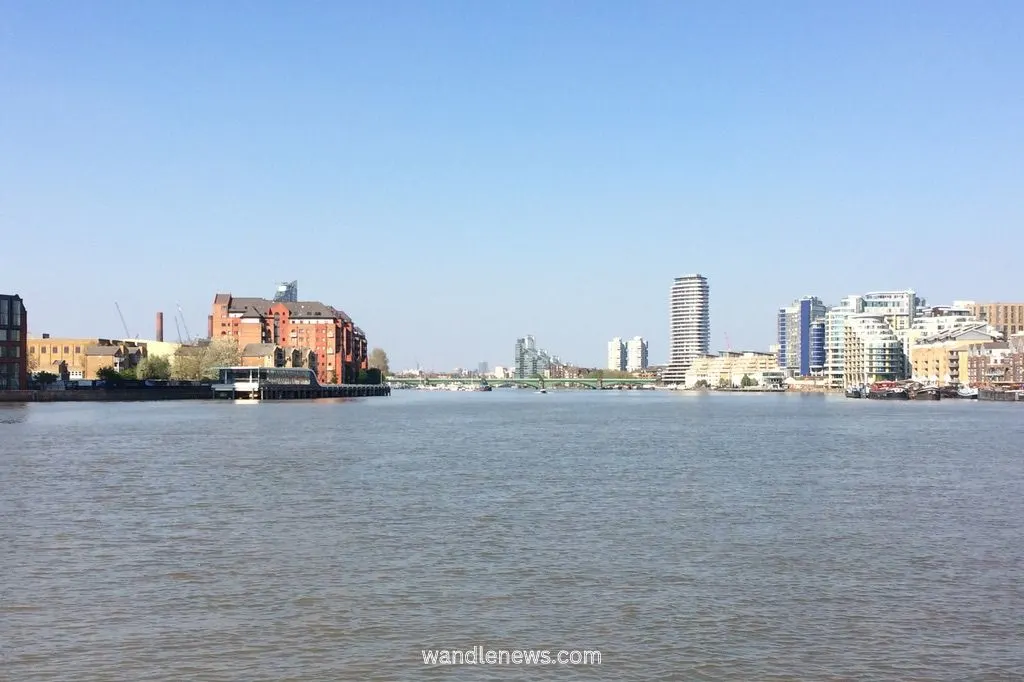
7. The River Thames is a Source of Employment
Throughout history the river Thames has provided an important source of employment for the people who lived near it. A survey from 1598 shows that over forty thousand men earned a living on or about the river.
Today the Port of London Authority generates over 35,200 full time jobs, and contributes more than £3.4 billion per year to the London and South East regional economy.

8. The River Thames is Part of London’s Sewage System
The River Thames and its tributaries have always been part of London’s sewage system.
Up until the mid nineteenth century, there was no other means of carrying waste products away from London, other than dumping them into the Thames. The river Thames turned into an open sewer carrying the by products of industries, rotting remains from butchers, and excrement.
By 1858, the smell from the river (the “great stink”) had reached the Houses of Parliament. This, along with the frequent cholera outbreaks, led to laws being passed to clean up the Thames.
A new sewer system was created by Sir Joseph William Bazalgette, which diverted sewage away from the River Thames, and stopped the cholera outbreaks.
Despite this however, the Thames was never completely free from sewage.
Thames Tideway Tunnel
Today, the Thames Tideway Tunnel is being constructed to stop sewage being dumped into the Thames altogether.
The five mile long tunnel is being built underneath the river, and will take the sewage to a treatment plant at Beckton. The project is due to finish construction by 2024 and will follow the course of the river, intercepting sewage at combined sewer overflows.
One of the construction points is shown in the photograph below. It shows where the River Effra meets the river Thames. The River Effra, is one of the tributaries of the Thames, and part of London’s sewer.
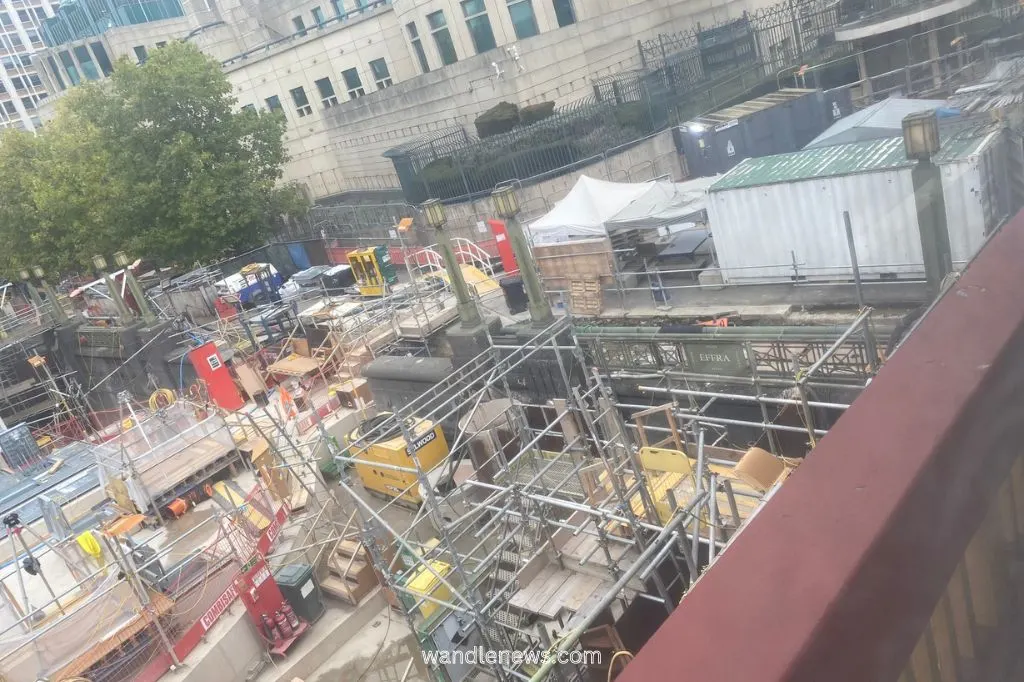
You can see in the photograph below, the sign which says “River Effra Storm Relief Channel”. This water contains not only storm water, but also sewage and debris.
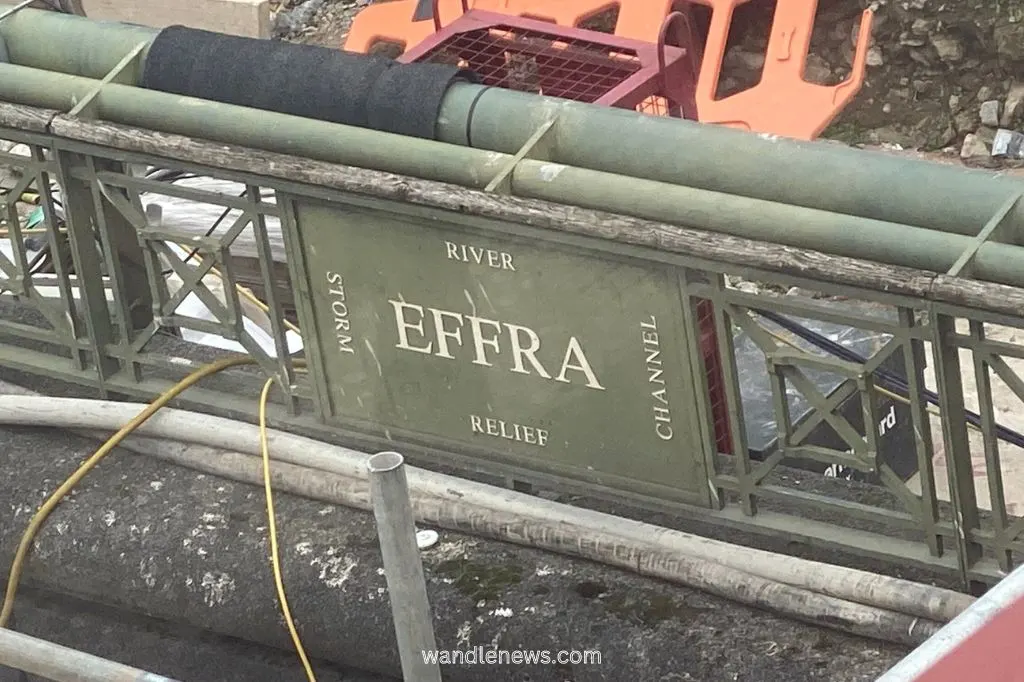
FAQs
What is the most important use of the River Thames?
The most important use of the River Thames was for trade and commerce. The river is responsible for London’s fame and fortune, and for making it one of the richest cities in the world. Millions of tonnes of cargo has been transported down the Thames since the time of the Romans.
What is the River Thames used for?
Today, the River Thames is used to transport over five million tonnes of goods every year. This keeps over two hundred thousand lorries off England’s roads.
Why was the Thames important to the development of London?
The Thames provided key elements that were essential for any human settlement: drinking water, defence and trade routes. Due to the Thames, London became a major trading port, which allowed the city to grow and flourish. The shape and width of the Thames also dictated the locations of London’s bridges, and the roads that were built around them.
Other Posts Related to the River Thames
- Why is the River Thames Brown?
- How Many Rivers Are in London?
- A Guide to Mudlarking on the River Thames
Thank You for Reading my Post!
Thank you for reading my post about why the River Thames is important. The Thames is the longest river which is entirely in England. It helped to shape the geography of central london, and played a vital role in commerce for both London and the south-east of England.



